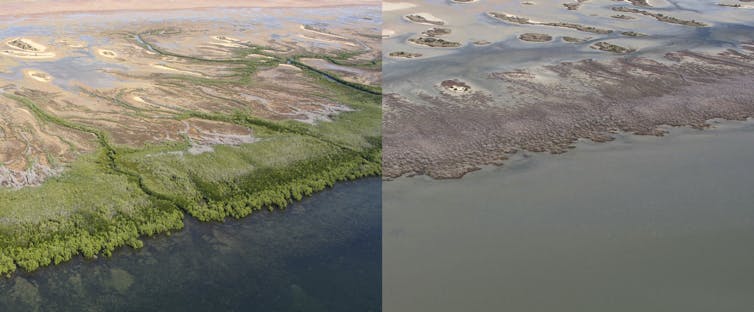By STEFAN MILKOWSKI
MARSHALL, Alaska — Just a few years ago, king salmon played an outsize role in villages along the Yukon River. Fishing provided meaningful income, fed families throughout the year, and kept alive long-held traditions of Yup’ik Eskimos and Athabascan Indians.
But this year, a total ban on commercial fishing for king salmon on the river in Alaska has strained poor communities and stripped the prized Yukon fish off menus in the lower 48 states. Unprecedented restrictions on subsistence fishing have left freezers and smokehouses half-full and hastened a shift away from a tradition of spending summers at fish camps along the river.
“This year, fishing is not really worth it,” said Aloysius Coffee, a commercial fisherman in Marshall who used to support his family and pay for new boats and snow machines with fishing income.
At a kitchen table cluttered with cigarettes and store-bought food, Mr. Coffee said he fished for the less valuable chum salmon this summer but spent all his earnings on permits and gasoline. “You got to sit there and count your checkbook, how much you’re going to spend each day,” he said.
The cause of the weak runs, which began several years ago, remains unclear. But managers of the small king salmon fishery suspect changes in ocean conditions are mostly to blame, and they warn that it may be years before the salmon return to the Yukon Riverin large numbers.
Salmon are among the most determined of nature’s creatures. Born in fresh water, the fish spend much of their lives in the ocean before fighting their way upriver to spawn and die in the streams of their birth.
While most salmon populations in the lower 48 states have been in trouble for decades, thanks to dam-building and other habitat disruptions, populations in Alaska have generally remained healthy. The state supplies about 40 percent of the world’s wild salmon, and the Marine Stewardship Council has certified Alaska’s salmon fisheries as sustainable. (In the global market, sales of farmed salmon surpassed those of wild salmon in the late 1990s.)
For decades, runs of king, or chinook, salmon — the largest and most valuable of Alaska’s five salmon species — were generally strong and dependable on the Yukon River. But the run crashed in the late 1990s, and the annual migrations upriver have varied widely since then. “You can’t depend on it any more,” said Steve Hayes, who manages the fishery for the Alaska Department of Fish and Game.
Officials with that department and the federal Fish and Wildlife Service, which jointly manage the fishery, say variations in ocean conditions related to climate change or natural cycles are probably the main cause of the weak salmon runs. Certain runs of chinook salmon in California and Oregon have been weak as well in recent years, with ocean conditions also suspected.
In Alaska, fishermen also blame the Bering Sea pollock fishing fleet, which scoops up tens of thousands of king salmon each year as accidental by-catch. The first hard cap on salmon by-catch is supposed to take effect in 2011, but the cap is not tough enough to satisfy Yukon River fishermen.
The Yukon River fishery accounts for a small fraction of the state’s commercial salmon harvest. But the fish themselves are considered among the best in the world, prized for the extraordinary amount of fat they put on before migrating from the Bering Sea to spawning grounds in Alaska and Canada, a voyage of 2,000 miles in some cases.
Most commercial fishing is done on the Yukon River delta, where mountains disappear and the river branches into fingers on its way to the sea. Eskimos fish with aluminum skiffs and nets from villages inaccessible by road. Beaches serve as depots and gathering places.
Kwik’Pak Fisheries, in Emmonak, population 794, is one of the few industrial facilities in the region. Forklifts cross muddy streets separating storage buildings, processing facilities and a bunkhouse for employees from surrounding villages.
For decades, almost all commercially caught king salmon were sold to buyers in Japan. But in 2004, Kwik’Pak began marketing the fish domestically, and for a few years fish-lovers in the lower 48 could find Yukon River kings at upscale restaurants and stores.









 ABC Radio
ABC Radio An
An 
